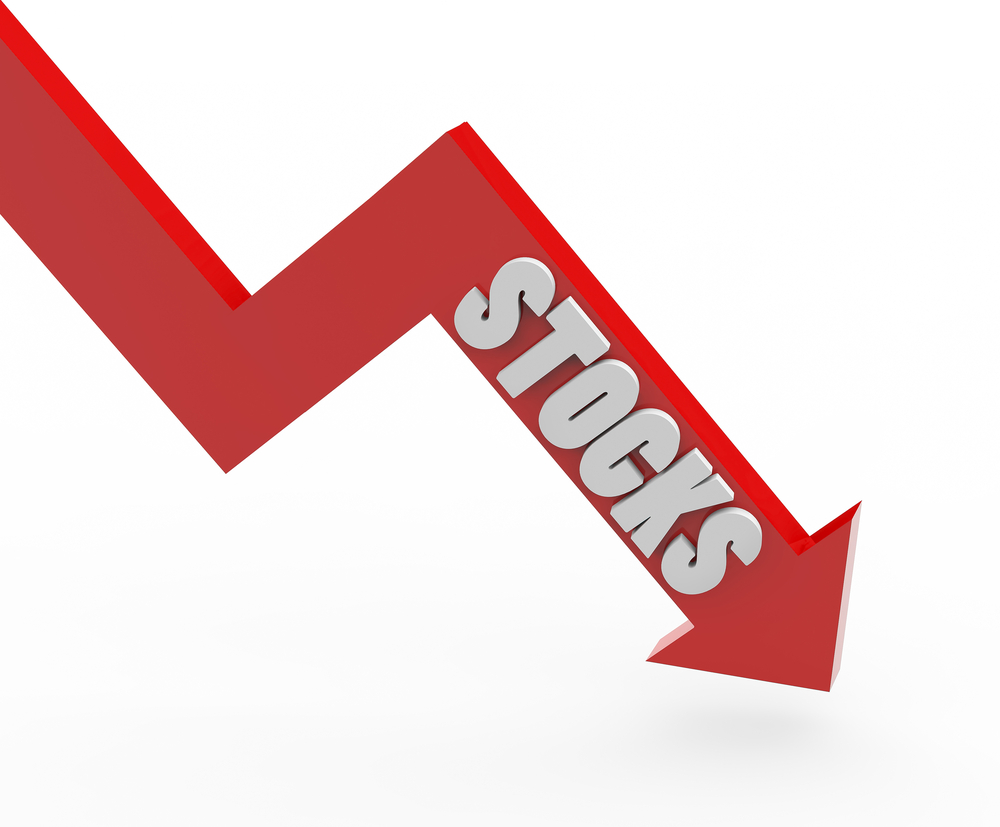No One Knows Why US Stock Is Going Down
Sometimes stocks fall because of bad news, sometimes they fall because of good news, and other times they fall because of no news at all. The last week has been some combination of the last two.
During that time, if you’ve managed to avoid CNBC, the Dow Jones industrial average is now down a total of 2,326 points, or 10 percent, with the rest of the world not too far behind. This doesn’t show any sign of stopping, either. Indeed, while it looked like the worst might have been over after Tuesday’s big rally, the market has more than given up since. The Dow fell 1,033 points, or 4.2 percent, on Thursday alone.
What, in the name of your Dow 24,000 hat, is going on? Well, while it’s true, to paraphrase John Kenneth Galbraith, that the only function of market commentary is to make astrology look respectable, there are at least a few things we can say for sure. The first, and most important, is that the initial impetus for the drop in stock was a rise in wages. Markets, you see, were worried that bigger paychecks might mean bigger price increases, and, eventually, bigger rate hikes on the part of the Federal Reserve — which would be bad for business and the economy at large. It was a reminder, if you needed another one after the last eight years of buoyant share prices and stagnant wages, that what’s good for investors is often at odds with what’s good for workers (and vice versa).
So far, so normal. This is the classic kind of good-news-is-bad-news story that you see all the time — or at least you used to. And that’s the second point. Ever since the 2008 crisis, investors have grown accustomed to a world where inflation has stayed low, interest rates have, too, and nothing has been able to change that. They haven’t had to concern themselves with things like higher wages leading to higher inflation, and so, after awhile, they didn’t. As the Wall Street Journal’s James Mackintosh points out, bets that inflation would either be far above or far below the Fed’s 2 percent target hit an eight-year low last December.
But maybe the best way to tell how complacent people had gotten was how many of them were willing to buy securities that were only worth anything as long as nothing bad happened. In other words, they were betting that stock market volatility would remain at historic lows. Now, that might not sound that crazy, but consider this: Even the banks that were selling these investments, the Wall Street Journal’s Charles Forellenotes, were warning people that they’d “likely lose all or a substantial portion” of their money over the “long term.” And yet plenty of people wanted them. They thought upside risks were a thing of the past and downside risks were something the Fed would take care of.
Oops.
The fact that markets were so unprepared for an inflation scare helps explain why they’re freaking out about it so much now — but only helps. The truth is that we don’t really know why stocks are selling off so much. Sure, they started dropping last Friday because interest rates were rising — that was the fear of higher wages — but since then they’ve continued to do so even as interest rates have, too. It’s not just that there’s no coherent story there. It’s that there’s none at all. It’s reduced people to saying that maybe this is about automated traders selling in response to all this volatility, or valuations just coming back down to earth after they got ahead of themselves at the start of the year. And maybe it is! But these are just sophisticated ways of saying you don’t know. Which is part of this. People seem to be panicking because they don’t know why they’re panicking.
Now, at some point, prices will have fallen enough for people to realize that the economy is still doing well, businesses are still hiring, and consumers are still spending. Good news will eventually be good news again.

